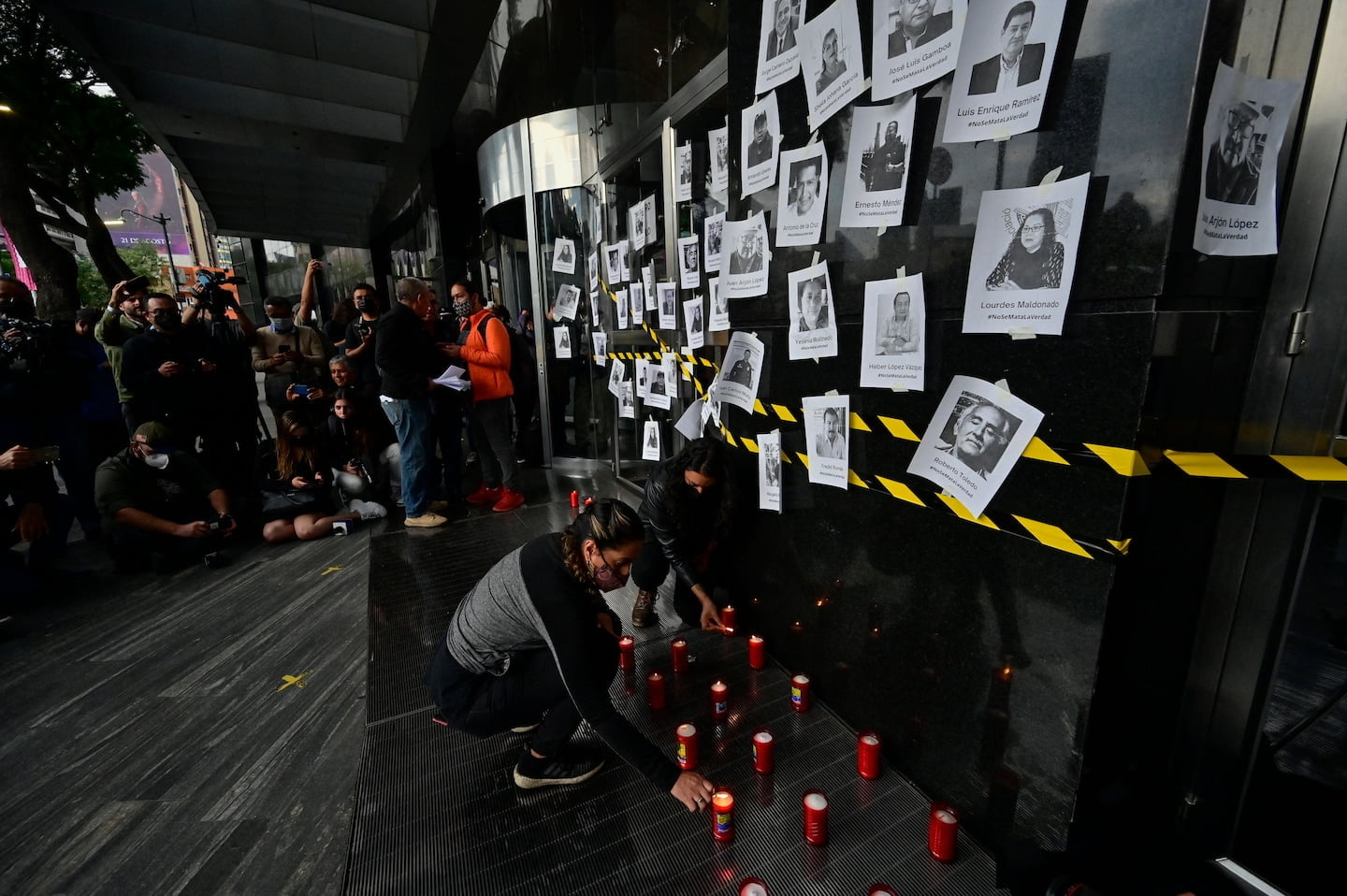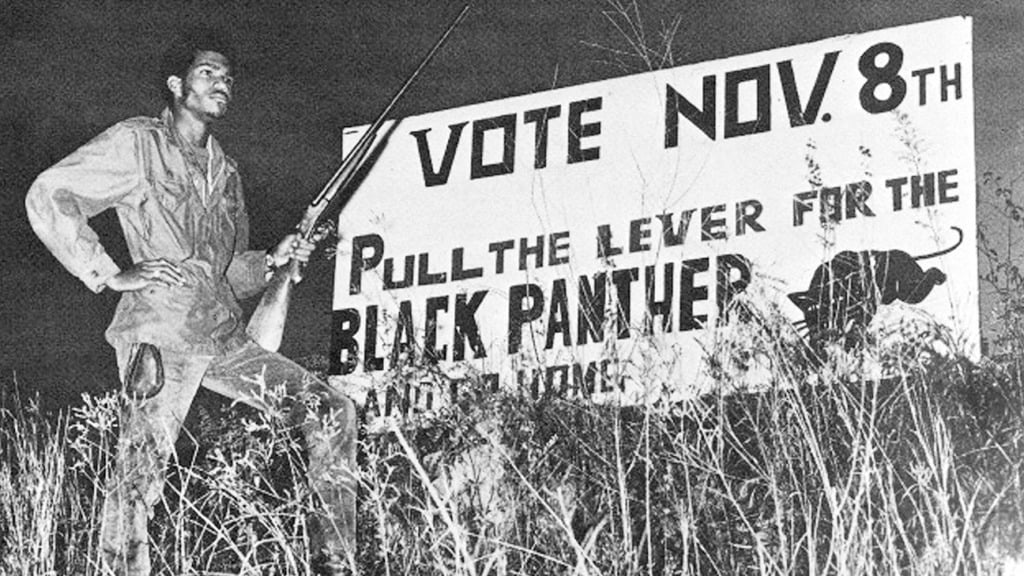Bullets peppered his vehicle. He died as his murderers sped away.
Román was the fourth Mexican journalist killed in August alone, the 14th in the first eight months of 2022, according to Reporters Without Borders, which has designated Mexico as the most dangerous country in the world for journalists.
It would be easy for the casual observer in the United States to dismiss the carnage as the work of drug cartels, since those sinister organizations dominate the reductive, if-it-bleeds-it-leads coverage of Mexico that typically appears here. Thankfully, there are journalists as perceptive as Katherine Corcoran, a former Associated Press bureau chief and correspondent in Mexico who not only grasps the complexities of our southern neighbor but also has clearly let the country and its people into her soul.
Corcoran’s fact-packed book, “In the Mouth of the Wolf: A Murder, a Cover-Up, and the True Cost of Silencing the Press,” makes a convincing case that government officials, particularly those who reign in Mexican states and towns, share responsibility with the cartels for the violence that bedevils Mexican journalists and the citizenry writ large. In one telling episode, she describes sitting in a cafe in the eastern state of Veracruz, watching a source draw a graphic of overlapping circles representing various public officials connected to drug cartels and a timeline showing media coverage of them.
It was an image of Mexico’s “gray zone,” a term used by the researcher Guillermo Trejo to describe a situation in which “organized crime and elected officials became indistinguishable.” That tragic state of affairs carries implications not only for Mexico but also for the United States, where the untrammeled political enablers of the cartels allow them to grow more powerful and more prone to wreak havoc on the American side of the border.
Corcoran had been drawn to Veracruz by her obsession with the unsolved 2012 murder of Regina Martínez, a legendary veteran reporter known for her unflinching coverage of government corruption and her prickly yet charming demeanor. What follows is a tour de force of relentless reporting by Corcoran, who refuses to accept the myriad government leaks that sought to smear Martínez’s personal reputation — and discredit her groundbreaking work — after she was found beaten and strangled in her bungalow in Xalapa, the capital of Veracruz.
In her quest for answers, Corcoran falls in with a group she calls the “Fab Four,” a band of irreverent and uncompromising Mexican journalists she affectionately describes as favoring “appalling wardrobes,” and who “smoked like fiends and told vivid war stories of the times they stayed drunk for days or were chased by vigilantes who thought they were narcos.” As she embarks on her investigation three years after the murder, one of the Fab Four warns her she’s about to enter “la boca del lobo,” a phrase that translates to the “mouth of the wolf,” giving the book its title.
When Corcoran first proposed delving into the Martínez killing, American editors (she doesn’t say whether they were news or book publishing editors) rejected her idea, saying, “Americans don’t really care about Mexico” and “No one cares about what happens to journalists except for other journalists.”
Even her own employer, the Associated Press — one of the gold standards of media excellence worldwide — got in her way. When a key source of hers appeared to have been outed, she was, she writes, chastised by her bosses for being reckless about her own safety and presumably endangering a source. The source, who’d gone missing, later turned up okay. She was told to stop reporting on the Martínez killing. Officially, she was off the story, but she continued investigating on her own.
Corcoran is a brisk, clear writer and structures the book like a procedural crime-reporting story, complete with cliffhangers. But it occasionally drags as it goes off on tangents that provide useful context but could bear some paring down.
The heroes of the book are the badly paid Mexican journalists who toil in an atmosphere of stifling harassment, including government surveillance of their phone calls and movements, and burglaries of their files and equipment. Corcoran became paranoid herself, at one point suspecting that a colleague in the AP bureau was spying on her and a source, a baseless fear she later chides herself for even contemplating.
Corcoran is not starry-eyed about the present state of Mexican journalism or its past. She writes about payoffs, known as “igualas,” that some reporters receive from sources. A reporter who knew Martínez well tells Corcoran he got more than $20,000 from the state’s governor for spouting the government line that Martínez was the victim of a crime of passion — rather than being killed because of her penchant for uncovering corruption.
Years into Corcoran’s investigation, several of the braver and more ethical Mexican journalists she encounters leave the profession, driven away by the danger and stress. One wonders what the effect of such departures will have on the region. If good Mexican journalists aren’t there to keep a check on corrupt political officials who conspire with drug lords, it’s not only Mexico that will suffer but also its neighbor to the north.
A Murder, A Cover-Up, and the True Cost of Silencing the Press
A note to our readers
We are a participant in the Amazon Services LLC Associates Program,
an affiliate advertising program designed to provide a means for us to earn fees by linking
to Amazon.com and affiliated sites.




